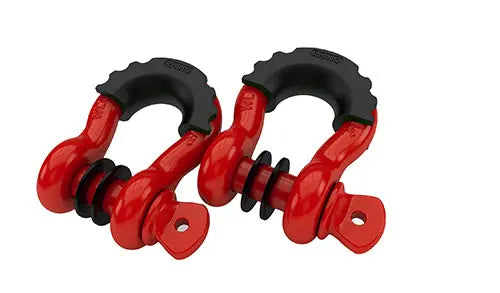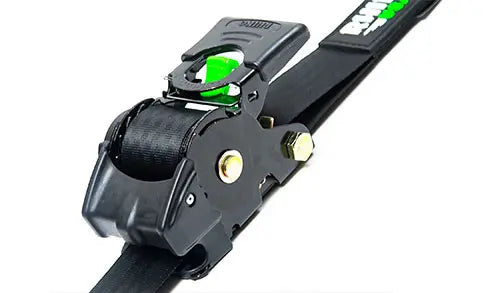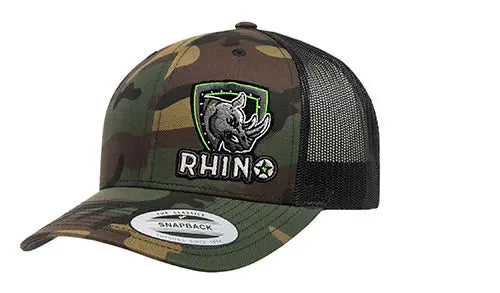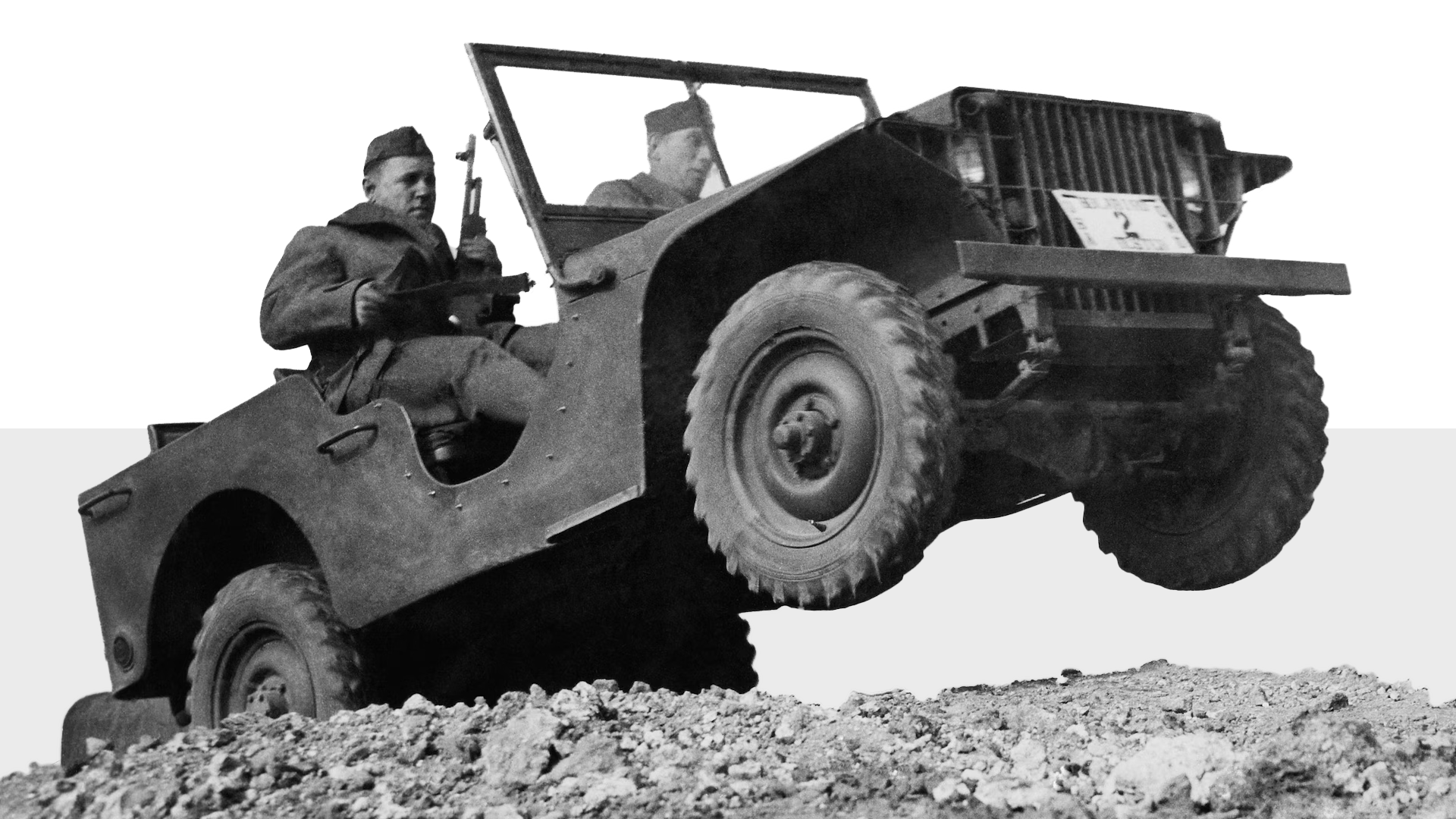
Why Are Jeeps Called Willys?
The name "Willys" attached to Jeep vehicles stems from the historical origins of the brand during World War II. The Willys-Overland company was one of the firms that produced the initial U.S. Army vehicle known popularly as the Jeep.
This rugged, reliable vehicle was designed to meet the demanding needs of war, becoming an icon of American automotive history. The "Jeep" moniker itself, while not officially confirmed, is often thought to have evolved from the phonetic pronunciation of "GP," denoting "General Purpose" or "Government Purpose" vehicles.

Initially, the Willys Jeep was not a brand name but rather a model designation. Willys-Overland, based in Toledo, Ohio, won the contract to produce these vehicles, helping to solidify the Jeep's place in the military and later in civilian life.
The Willys name became synonymous with the Jeep due to the popularity and effectiveness of these vehicles during the war, and the brand name persisted even as public interest shifted from military to civilian utility vehicles post-war.
The Willys name carries a legacy that represents durability and versatility, traits that were crucial during wartime and carried into the civilian models that followed. Jeep vehicles today maintain that heritage, with the Willys moniker now used for special editions that pay homage to the rugged and simplistic design of their World War II-era predecessors.
Origins of the Name 'Willys'
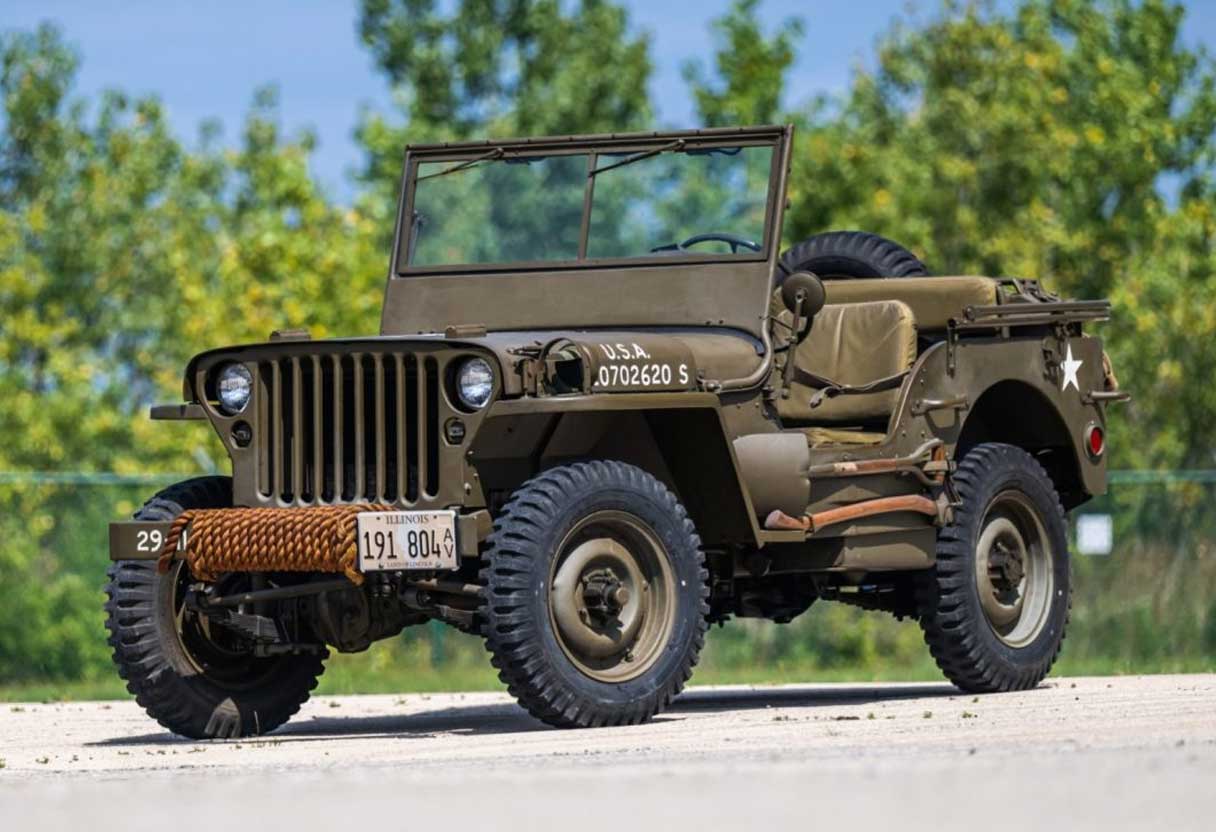
The name 'Willys' has a firm foothold in the automotive and military history due to its connection with the iconic Jeep vehicle. The origins trace back to an American automobile company, Willys-Overland Motors, which was established by John North Willys.
Under his leadership, Willys-Overland rose to prominence, eventually becoming the second-largest automaker in the United States.
The heart of the name 'Willys' lies in the company's involvement during World War II, where it designed and produced military jeeps, notably the MBs, Willys M38, and M38A1. The robustness and efficiency of these vehicles carved a niche for them in both military and civilian markets.
Post-war, the legacy of these jeeps blossomed into the civilian sphere, where the Willys name became deeply intertwined with the Jeep brand itself. The unmistakable recognition of the 'Willys' imprint lives on particularly through iconic models such as the Jeep Wrangler Willys.
Notable Contributions:
- John North Willys: Founder of Willys-Overland Motors
- Willys-Overland Motors: Second-largest automaker in the early 20th century
- Willys Military Jeeps: Key military vehicles in WWII, the origin of the 'Jeep' brand
The 'Willys' name not only embodies ruggedness and reliability but also serves as an homage to the historical significance of a company and its founder who greatly impacted automotive design and production. The Willys Jeep's successful transition from a wartime necessity to a civilian favorite solidified the term in the lexicon of automotive culture.
Jeep Development and Willys-Overland

The Jeep's development began as a necessity of wartime. Willys-Overland Motors played a pivotal role in creating the Jeep, a vehicle that would become synonymous with rugged durability and all-terrain capability.
During World War II, the United States military needed a lightweight, four-wheel-drive reconnaissance vehicle and issued a call for prototypes.
Three companies responded: Willys-Overland, Ford, and Bantam. Each developed its prototypes, but the Willys-Overland's model eventually caught the military's interest, primarily due to its more powerful engine, the "Go Devil," and its robust frame.
The Willys-Overland model was designated the Willys MB, where "MB" stood for "Military Model B."
Willys-Overland's ability to fulfill the military contracts was augmented by Ford, which produced its version known as the Ford GPW. Both the MB and GPW models have been known colloquially as "Jeeps," with the Willys-Overland creating a strong foundation for the name.
After the war, Willys-Overland transitioned the technology and reputation of their military vehicles to the civilian market, further cementing the Jeep's legendary status.
The exact origin of the name "Jeep" is unclear, with stories of it evolving from the phonetic pronunciation of "GP," standing for General Purpose, and even from a popular character named "Eugene the Jeep" in the Popeye comic strip.
What is undeniable is that the name Willys became forever linked to the Jeep brand, reflecting a heritage of innovation and strength during a critical period of automotive and world history.
Willys' Role in World War II

During World War II, the Willys Overland Company played a pivotal role in the mechanization of the U.S. military. Central to their contribution was the Willys MB, a vehicle that not only served American soldiers with distinction but also became an enduring symbol of WWII.
-
Adoption and Production: After winning a contract over other competitors like Bantam and Ford, Willys Overland began large-scale production of the MB, widely known as "the Jeep". They produced these vehicles between 1941 and 1945, crucial years of the war.
-
Design Excellence: The MB's design was aligned with military requirements, featuring a 4-wheel drive, an 80-inch wheelbase, and the capability of reaching speeds up to 50 mph. Its compact size, coupled with a weight not exceeding 1,300 pounds, allowed for extreme versatility in a variety of combat situations.
-
Military Impact: The Willys MB was used extensively for reconnaissance missions, ferrying personnel and equipment, and even ambulance services. Its robust chassis and reliable engine made it ideal for wartime operations. Here are some primary roles the Willys MB fulfilled:
|
Role in Combat |
Description |
|
Transporting troops |
Quick movements of soldiers across different terrains |
|
Medical Evacuations |
Acting as makeshift ambulances on the battlefield |
|
Reconnaissance |
Providing mobility for scouting missions |
|
Hauling Equipment |
Capable of towing anti-tank guns and other vital gear |
Post-War Legacy and Civilian Adaptation
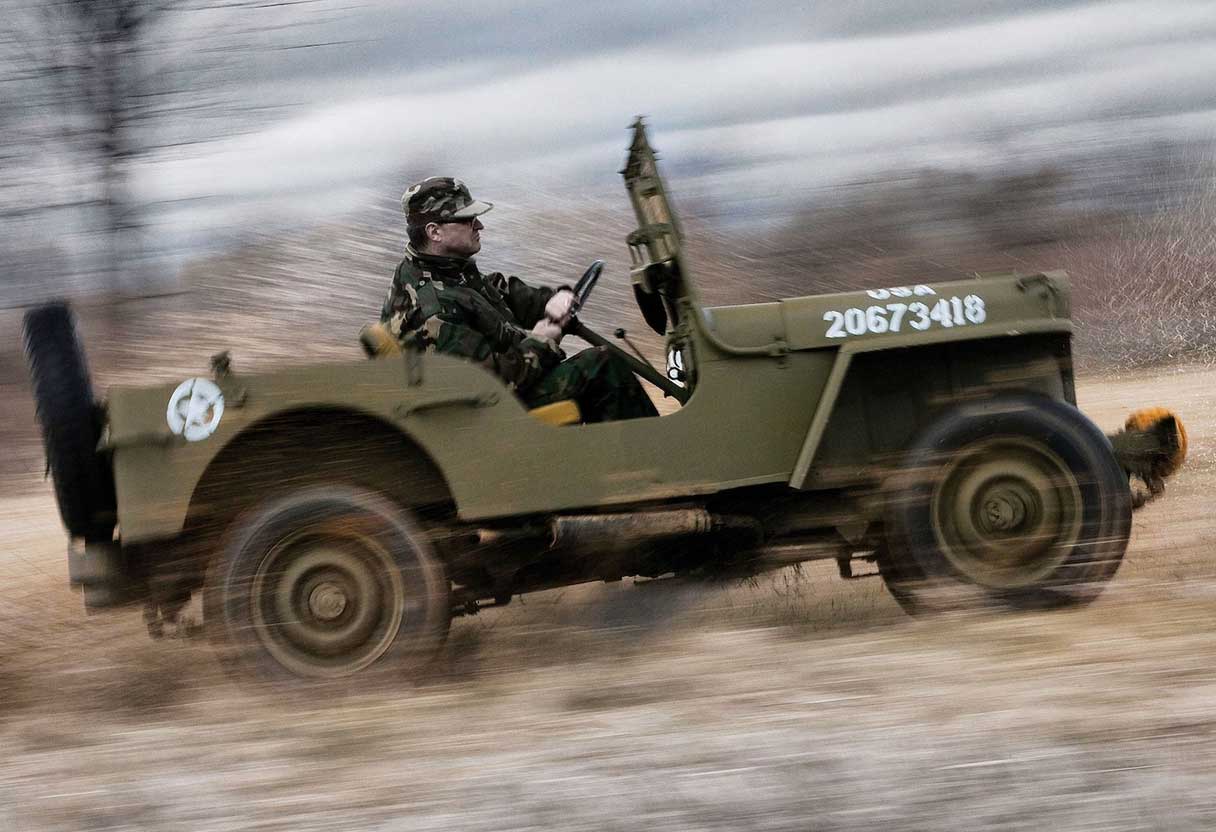
In the aftermath of World War II, Willys-Overland recognized an opportunity to repurpose its military jeeps for civilian use. The robust, reliable nature of the military vehicle made it an ideal candidate for non-combat applications.
Taking advantage of this potential, Willys began production of the Civilian Jeep, better known as the CJ.
Initially introduced in 1945, the Willys CJ (Civilian Jeep) models were marketed primarily toward farmers and ranchers.
These vehicles were well-suited for agricultural work, which required the ability to maneuver over rough terrain and offer utilitarian capabilities. Willys capitalized on this by equipping the CJ with features that facilitated its day-to-day utility.
- Adaptations:
- Offered in various colors
- Included chrome trim
- Equipped with vacuum-powered windshield wipers
Despite these alterations for civilian comfort, the CJ retained much of the military model's structural integrity. The simplicity and durability that had been critical on the battlefield translated seamlessly to demanding civilian tasks.
Willys' ability to adapt the military jeep for civilian use was a testament to the vehicle's fundamental design. It served to elongate the legacy of the Willys brand and ensure that the "Jeep" name continued to be associated with durability and versatility.
- Choosing a selection results in a full page refresh.


